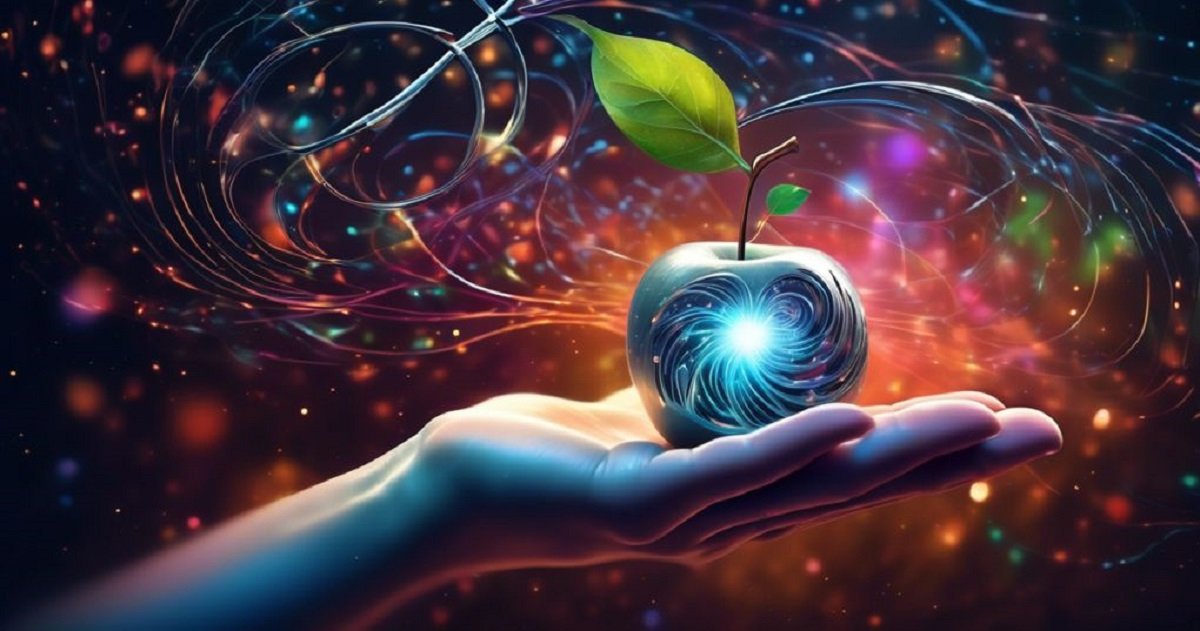Fractal Spinoza: The Intersection of Philosophy and Geometry

The term “Fractal Spinoza” evokes a fusion of two seemingly distinct realms. The philosophical principles of Baruch Spinoza and the intricate patterns of fractal geometry. This synthesis is more than a metaphor; it provides a lens through which we can examine the universe, existence, and the nature of reality. By exploring the ideas of Spinoza through the framework of fractal geometry. We uncover a profound interplay between philosophy and mathematics that resonates with the interconnectedness of all things.
Understanding Spinoza’s Philosophy
Baruch Spinoza (1632–1677) was a 17th-century Dutch philosopher whose works laid the foundation for modern rationalism. Central to his philosophy is the idea of monism, which posits that everything in existence is part of a single, infinite substance, often equated with God or Nature. Spinoza argued that this substance manifests itself through infinite attributes and modes, forming the basis of all physical and metaphysical phenomena.
Spinoza’s deterministic worldview emphasized that everything in the universe is interconnected and follows natural laws. His ethics explored the idea of achieving freedom and happiness through understanding these laws and aligning oneself with the rational order of Nature.
The World of Fractals
Fractals are intricate geometric patterns that exhibit self-similarity across different scales. Coined by mathematician Benoît B. Mandelbrot in the 1970s, the term “fractal” describes structures that remain complex and detailed, regardless of the level of magnification. Examples of fractals can be found in natural phenomena such as snowflakes, river networks, and the branching of trees. As well as in abstract mathematical constructs like the Mandelbrot set.
The beauty of fractals lies in their recursive nature each part of a fractal is a miniature replica of the whole. This recursive property mirrors the interconnectedness and infinite manifestations of Spinoza’s single substance.
The Convergence of Ideas
At first glance, Spinoza’s philosophy and fractal geometry might seem unrelated. However, a deeper exploration reveals striking parallels:
- Unity and Multiplicity: Spinoza’s monism suggests that all things are part of one infinite substance. While fractals demonstrate how infinite complexity can emerge from a single equation or rule. Both perspectives emphasize unity as the source of diversity.
- Interconnectedness: Fractals exemplify how parts of a system are intrinsically linked to the whole. Similarly, Spinoza’s philosophy highlights the interconnected nature of existence, where every mode is an expression of the same substance.
- Infinite Manifestations: Spinoza described substance as possessing infinite attributes, each manifesting in countless ways. Fractals, with their infinite layers of self-similar patterns, visually represent this concept of infinite expression within a finite framework.
- Determinism and Recursion: The deterministic nature of fractal generation parallels Spinoza’s belief in natural laws governing the universe. In both cases, simple rules lead to complex and predictable outcomes.
Fractal Spinoza in Modern Thought
The convergence of Spinoza’s philosophy and fractal geometry offers valuable insights into contemporary discussions about science, spirituality, and systems thinking. By applying these principles, we can:
- Deepen Scientific Understanding: Fractal analysis provides tools for studying complex systems, from ecosystems to financial markets. Spinoza’s emphasis on natural laws complements this approach by encouraging a holistic view of phenomena.
- Explore Consciousness: The recursive and interconnected nature of fractals aligns with theories of consciousness as an emergent property of interconnected neural networks. Spinoza’s monism invites us to view consciousness as part of the larger fabric of existence.
- Inspire Creative Expression: Artists and writers can draw inspiration from the fractal patterns found in nature and Spinoza’s ideas of unity and diversity. This fusion can lead to innovative works that celebrate the interconnectedness of all things.
Conclusion
The concept of “Fractal Spinoza” bridges the gap between philosophy and mathematics, offering a unique perspective on the nature of reality. By examining Spinoza’s ideas through the lens of fractal geometry, we gain a deeper appreciation for the unity, complexity, and infinite possibilities inherent in existence. This interdisciplinary exploration not only enriches our understanding of the world but also inspires us to seek harmony with the intricate patterns of Nature’s design. Through this synthesis, we are reminded that, like fractals, life is a beautiful interplay of the simple and the complex, the finite and the infinite.



